More than 33 million sales have been made so far in the NFT market. Of these, more than 16.7 million were initial sales, while more than 16.4 million were secondary sales, according to Nonfungible.com data. More than $19 billion in total payments were made in completed sales.
Just like the cryptocurrency market, the NFT market continues to attract attention with new players and investments. The interest shown by traditional institutions in NFTs contributes to the creation of new projects by individuals and companies.In this article, we have brought together the best NFT marketplaces for your consideration.
You can follow the news about NFT marketplaces and NFT games here.
Before listing the best NFT marketplaces, let’s clarify the two most frequently heard terms in the NFT world: Mint and Gas Fee.
What is Gas Fee?
Gas Fee is the fee paid for using a function on the Ethereum blockchain. These fees, which are measured in gwei units, are directly proportional to the effort spent to perform a function. gwei stands for giga -wei and each gwei is equal to 0.000000001 ETH. The higher the effort spent on performing a function on the Ethereum blockchain, the higher the gas fee will be.
The gas fee is used to keep the ethereum network secure. In this way, malicious users are prevented from “spamming” the network.
High gas fees are associated with Ethereum’s interest. Since gas space per block is limited, gas fees increase as the number of transactions made on Ethereum increases.
What is Gas Limit?
Gas limit means the maximum limit you are willing to pay per transaction. The gas limit for a simple ETH transfer is 21 thousand gas units. If you have set the gas limit for ETH transfers to 50 thousand, the Ethereum Virtual Machine (EVM) will pay you back the remaining 29 thousand. However, if you set the gas limit as 20 thousand for a transaction of 21 thousand, the transaction will not take place. Today, users can automatically set transaction fees using the MetaMask wallet.
How to Avoid Gas Fees
First of all, you can use the Etherscan, Blocknative ETH Gas Estimator, and ETH Gas Station tools, which are also recommended on Ethereum.org, before trading to avoid high gas fees. Etherscan estimates gas fee for transactions, while ETH Gas Station provides consumer-oriented metrics for the Ethereum gas market. Blocknative ETH Gas Estimator stands out as a Chrome extension that shares gas estimates for Type 0 legacy transactions and Type 2 EIP-1559 transactions. In addition to these, the time intervals when the gas price is suitable are shared in many sources.
If you are especially interested in NFT production, you can choose the marketplace by considering gas prices. For example, OpenSea and Rarible reflect NFT manufacturers’ gas fee on sales. Thus, only the gas fee is collected from the collector. Using Opensea and Polygon integration is also among the prominent options.
What is Minting NFT?
The NFT creation process on the Ethereum Blockchain is called “mint”. If we consider that NFTs are also tokens, we can easily understand the chosen term.
Mining saves data in a public wallet that cannot be altered or abused by anyone else, making NFT sales traceable. Mining is equal to one gas fee. However, as we have just mentioned, the collection of gas fees may differ depending on the marketplace.
You commonly need to use crypto wallets for NFT generation and trading. MetaMask and Coinbase are generally preferred as wallets. However, for purchasing processes, both well-established marketplaces such as Nifty Gateway and recently platforms such as Shopify and Coinbase have added traditional methods such as credit cards and fintech to their payment options.
The 10 Best NFT Marketplaces
OpenSea
OpenSea, one of the oldest marketplaces, hosts categories such as art, music, photography, collectibles, sports and virtual worlds on its platform. Ethereum, Polygon and Klatyn blockchains are supported on the platform. OpenSea, which includes almost all types of NFT, accepts 150 different cryptocurrencies in trading transactions. As we mentioned above, the new Polygon integration is one of the most positive developments on the platform for gas prices. However, it is possible to encounter high gas prices in the marketplace.
OpenSea, which also launched a mobile app in September, raised $300 million at a $13.3 billion valuation in January 2022.
Nifty Gateway
Nifty Gateway, which has cooperated with many celebrities and brands before, also accepts currencies such as dollars and euros. Nifty Gateway has come to the fore with the high-priced sales of Elon Musk’s ex-girlfriend Grimes ($5.8 million), Beeple ($69 million) and Pak ($91.8 million).
The platform draws attention with its Open Editions approach. Nifty Gateway offers an unlimited number of editions for a limited time at a base price. In this way, the platform also strengthens its secondary sales. The only thing we can show as a minus in the marketplace is the attention it receives because it can be difficult to stand out in Nifty Gateway, which is mostly popular with celebrities.
Rarible
Besides its focus on rarity, Rarible is among the most well-known and best NFT marketplaces. The platform is preferred for publishing sports collections as well as artworks and photography. While minting NFT on Rarible, you can choose between Ethereum, Flow and Tezos blockchains.
In addition, the platform attracts attention with its low gas prices. Tezos’ gas fee of around 50 cents and Flow’s use of the “lazy minting” method play an active role in low gas prices. With Lazy minting, NFTs are minted at the purchasing stage, not at the production stage. Beyond gas fees, it is important for the platform to cooperate with institutions such as Adobe.
However, the dominance of Rarible by big brands can make it difficult for newcomers to stand out on the platform. In addition, the fact that Rarible belongs to a community and its decentralized nature is one of the reasons that makes the platform attractive. Because decisions such as updates can be determined by the votes of the community.
KnownOrigin
KnownOrigin, a veteran of the NFT market, not only focuses on rare works of art, but also brings collectors together with high quality works of art. Known for publishing a limited number of “NFT drops”, the platform also cares about curation. With KnownOrigin, it is possible to access carefully selected NFT editions. Just like any other platform that focuses on rarity and artists, you have to go through an application and research process. Gas fees are high because it runs on the Ethereum blockchain.
SuperRare
SuperRare, which focuses entirely on digital art, works only on the Ethereum blockchain, unlike its rival Rarible. The platform, which looks like an art gallery, hosts carefully selected works of art. It stands out as an outstanding platform with its gallery mode and interesting blog. We can say that traditional galleries are embodied in the NFT world. The fact that only 1% of the applicant artists are accepted to the platform positions SuperRare as the address of those who trust the art.
Makersplace
MakersPlace is one of the best NFT marketplaces where you can find works by well-known artists as well as galleries and institutions that are widely accepted in the art community. In short, it is possible to come across well-established institutions such as Christies on the platform. Artists on MakersPlace digitally sign their works. At the same time, MakersPlace, which includes only a limited number of original editions, ensures that the buyers fully own the work.
Foundation
Foundation, on the other hand, is an artist-run marketplace. The marketplace, which you can enter with an invitation, highlights the works selected by the community. Please note that each artist is entitled to only 1 invitation. This gives the Foundation a special club feel. It is possible to encounter works of fine arts, photography and 3D in the marketplace. Artists who earn 85 percent from the sales of their works at the Foundation also receive a 10 percent share from secondary sales. Even though gas fees are lower, trying to be among the limited number of private artists can be a long process.
Zora
Another marketplace that focuses on artists is Zora. It gathers NFT productions in the fields of art, music, animation, web and even text under its umbrella. Zora, which initially gathered users with special invitations for artists, just like the Foundation, opened its doors to everyone a while ago. However, it should be noted that the marketplace is moving forward with the aim of further empowering artists and creators.
The fact that every user can bid in almost any currency makes the platform easy to use. In addition, everyone can easily manage their own auction process. Zora is also positioned as a marketplace where physical and digital products are sold together. Despite all these advanced features, the sales processes in the marketplace may seem complicated at first.
Mintable
Founded by Mark Cuban, Mintable offers NFT enthusiasts ease of use. It also allows you to learn more about NFTs with free “Mintable University” courses. Unlike curation-based NFT marketplaces that focus on the arts, Mintable stands out for its extensive NFT options. There are NFTs produced in animation, media, video, games, music and art. It allows you to take advantage of Immutable X as well as Ethereum during the mint to avoid paying gas fees. The lack of processes such as curation or invitation is evident in the decline in NFT quality.
Binance NFT
Although it is a later addition to the NFT marketplace trend, Binance NFT is positioning itself as one of the best NFT marketplaces. Attracting attention with its special partnerships and events, Binance NFT is experiencing the impact of being a subsidiary of Binance, one of the largest crypto exchanges in the world. The fact that it offers gas fees as low as 1%, the opportunity to participate in auctions with official currencies and Binance tokens makes the market center of attention. Working on Binance Smart Chain is also among its prominent advantages.

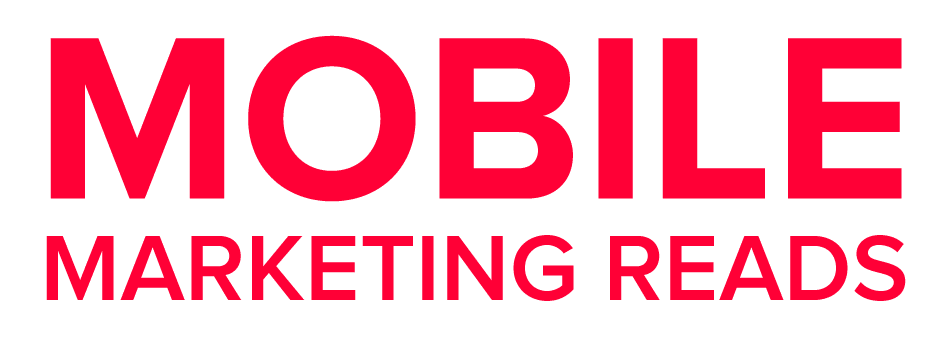

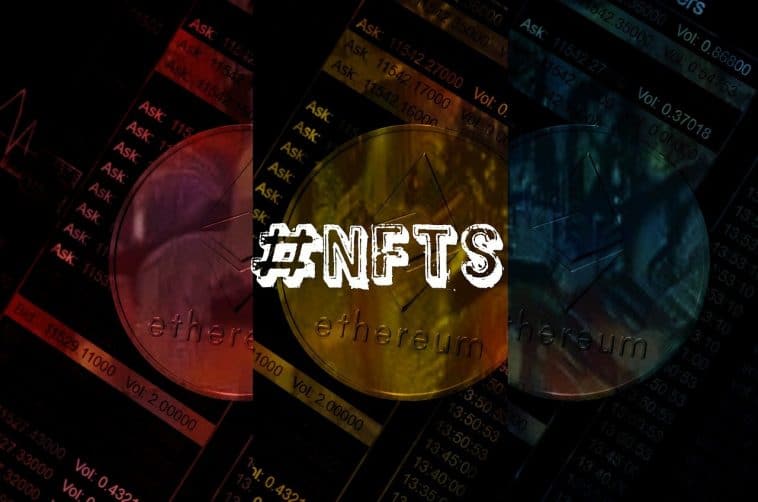
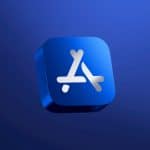
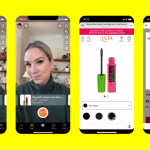
Comments
Loading…